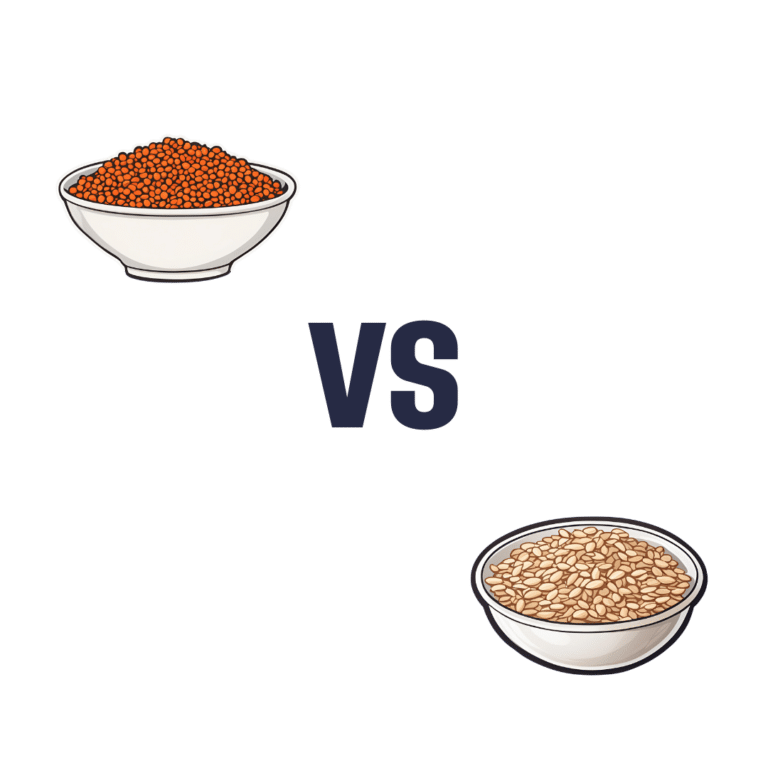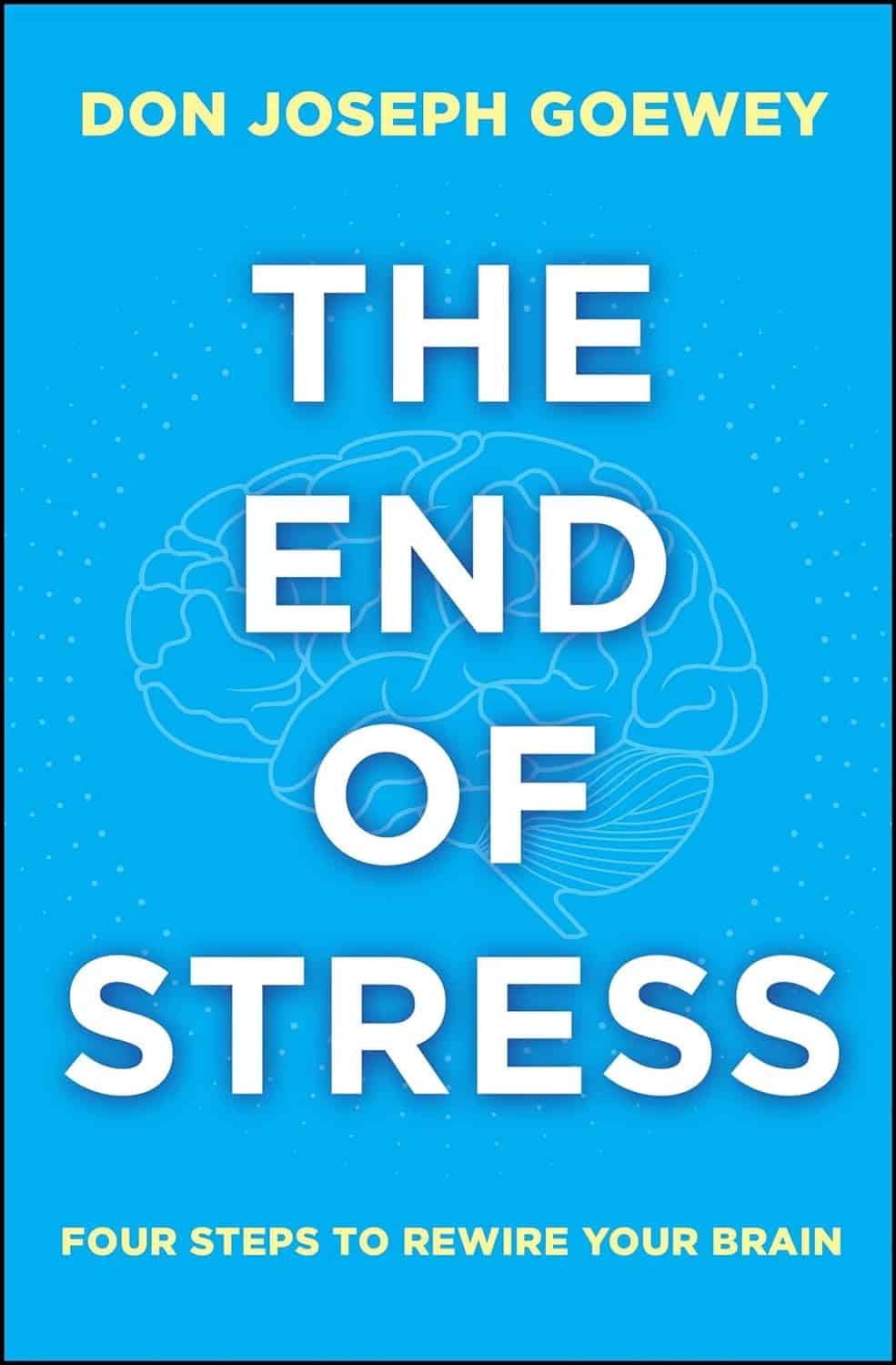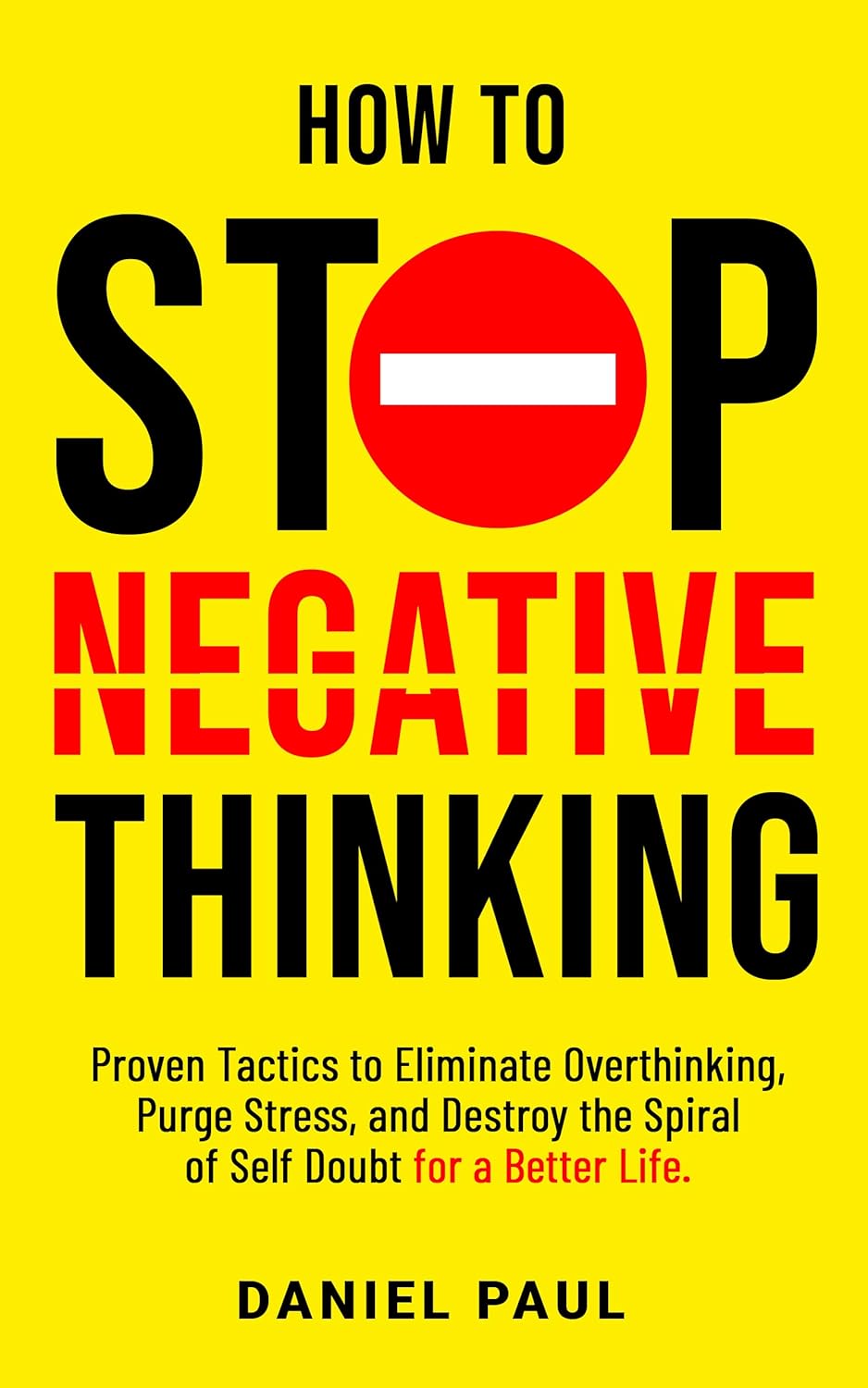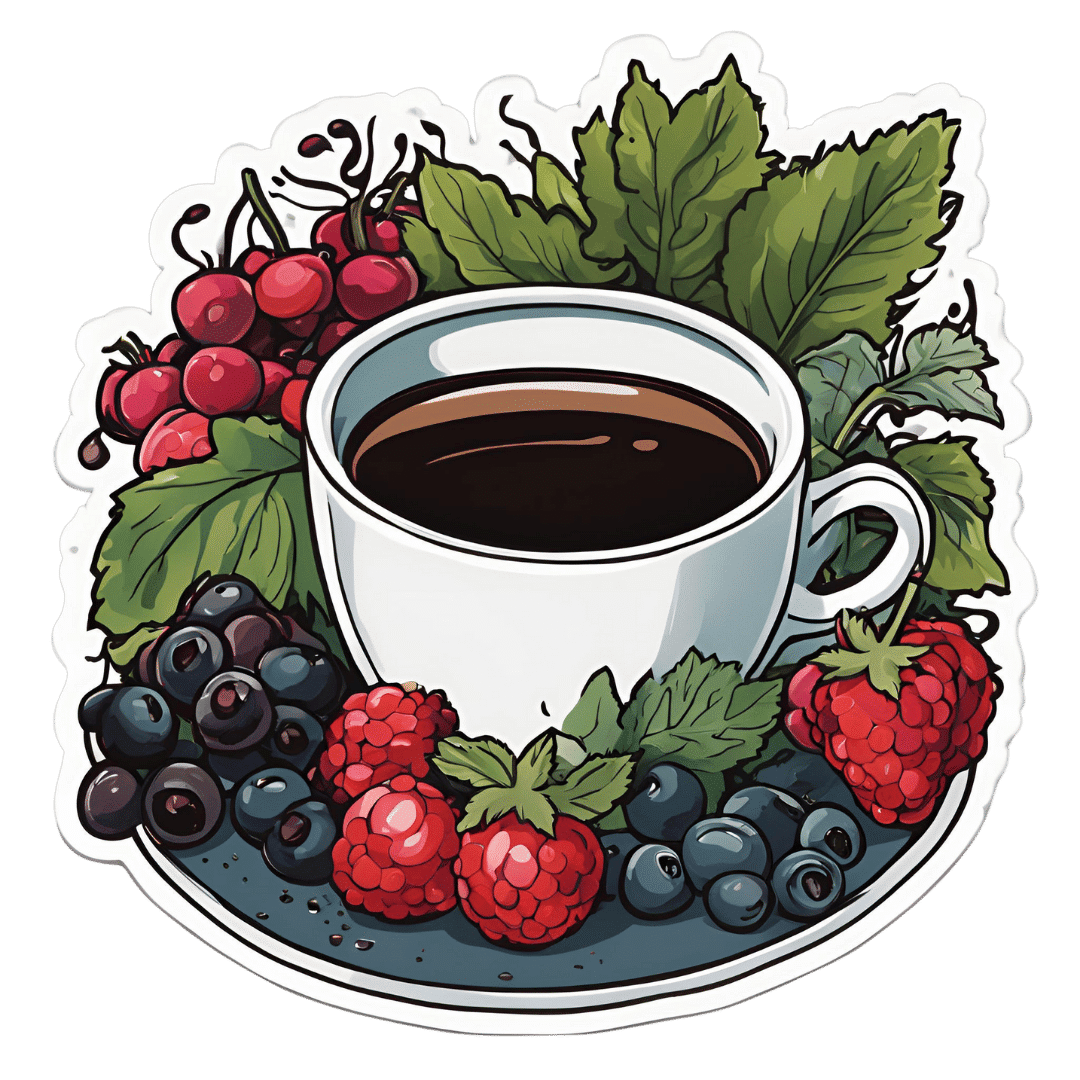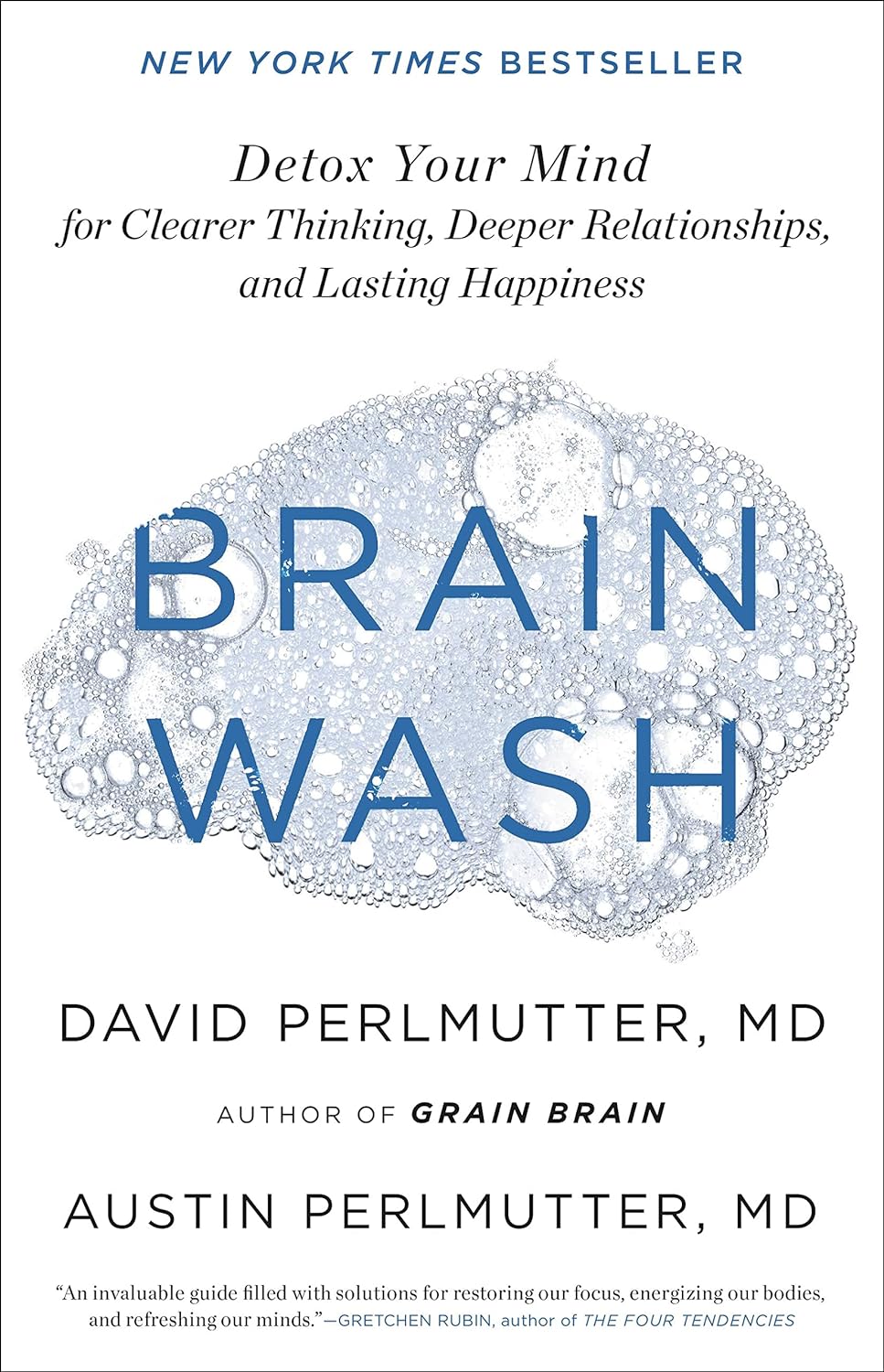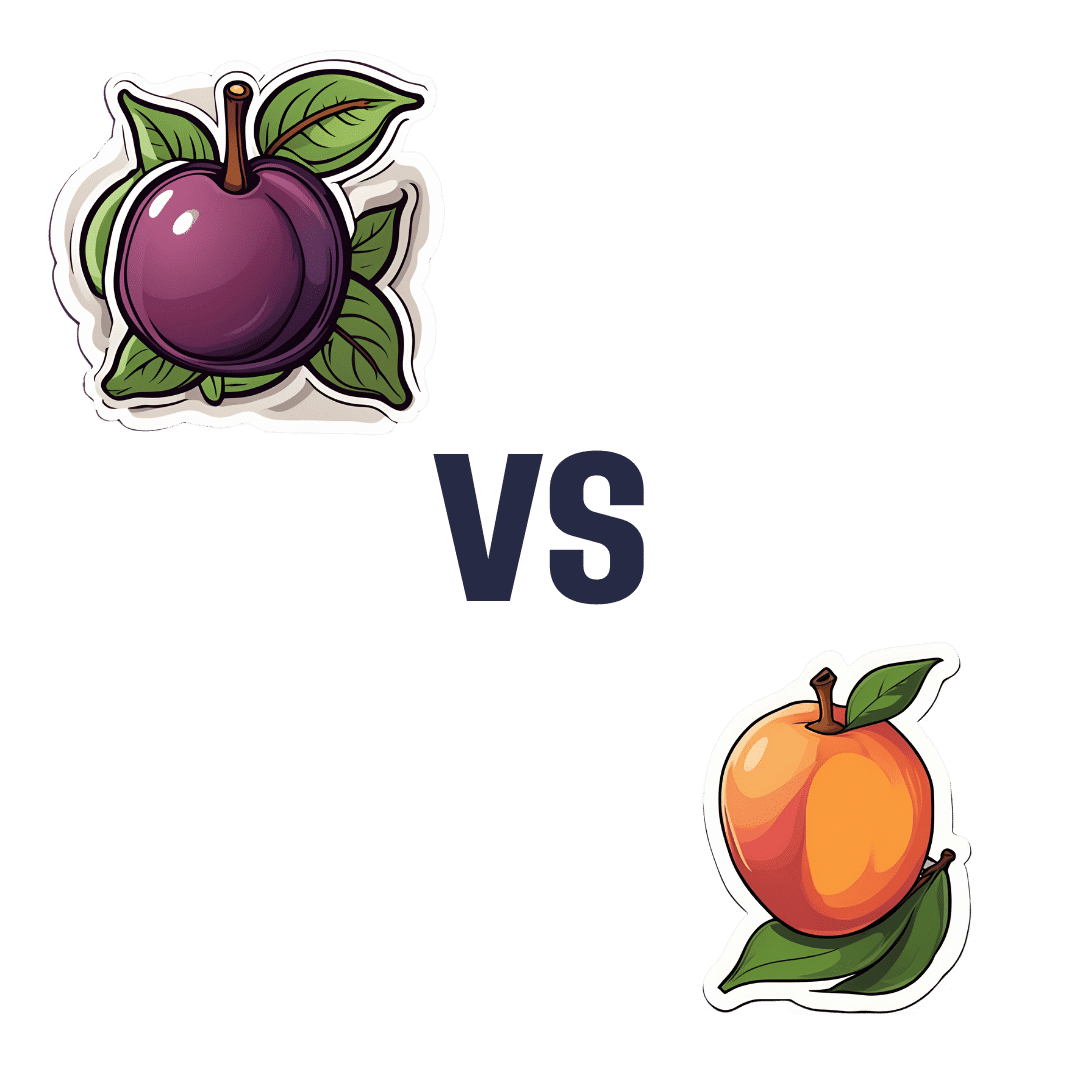
Plum vs Nectarine – Which is Healthier?
10almonds is reader-supported. We may, at no cost to you, receive a portion of sales if you purchase a product through a link in this article.
Our Verdict
When comparing plums to nectarines, we picked the nectarines.
Why?
Both are great! But nectarines win at least marginally in each category we look at.
In terms of macros, plums have more carbs while nectarines have more fiber, resulting of course in a lower glycemic index. Plums do have a low GI also; just, nectarines have it better.
When it comes to vitamins, plums have more of vitamins A, B6, C, and K, while nectarines have more of vitamins B1, B2, B3, B5, E, and choline.
In the category of minerals, plums are great but not higher in any mineral than nectarines; nectarines meanwhile have more copper, iron, magnesium, manganese, phosphorus, potassium, and zinc.
All in all, enjoy both. And if having dried fruit, then prunes (dried plums) are generally more widely available than dried nectarines. But if you’re choosing one fruit or the other, nectarine is the way to go.
Want to learn more?
You might like to read:
- Why You’re Probably Not Getting Enough Fiber (And How To Fix It)
- Replacing Sugar: Top 10 Anti-Inflammatory Sweet Foods
- Top 8 Fruits That Prevent & Kill Cancer
Take care!
Don’t Forget…
Did you arrive here from our newsletter? Don’t forget to return to the email to continue learning!
Recommended
Learn to Age Gracefully
Join the 98k+ American women taking control of their health & aging with our 100% free (and fun!) daily emails:
-
The End of Stress – by Don Joseph Goewey
10almonds is reader-supported. We may, at no cost to you, receive a portion of sales if you purchase a product through a link in this article.
So, we probably know to remember to take a deep breath once in a while, and adopt a “focus on what you can control, rather than what you can’t” attitude. In this book, Goewey covers a lot more.
After an overview of how we have a brain wired for stress, what it does to us, and why we should rewire that, he dives straight into such topics as:
- Letting go of fear—safely!
- Number-crunching the real risks
- Leading with good decisions, and trusting the process
- Actively practicing a peaceful mindset (some very good tips here)
- Transcending shame (and thus sidestepping the stress that it may otherwise bring)
The book brings together a lot of ideas and factors, seamlessly. From scientific data to case studies, to “try this and see”, encouraging us to try certain exercises for ourselves and be surprised at the results.
All in all, this is a great book on not just managing stress, but—as the title suggests—ending it in all and any cases it’s not useful to us. In other words, this book? It is useful to us.
Share This Post
-
How to Stop Negative Thinking – by Daniel Paul
10almonds is reader-supported. We may, at no cost to you, receive a portion of sales if you purchase a product through a link in this article.
Just think positive thoughts” is all well and good, but it doesn’t get much mileage in the real world, does it?
What Daniel Paul offers is a lot better than that. Taking a CBT approach, he recommends tips and tricks, gives explanations and exercises, and in short, puts tools in the reader’s toolbox.
But it doesn’t stop at just stopping negative thinking. Rather, it takes a holistic approach to also improve your general life…
- Bookending your day with a good start and finish
- Scheduling a time for any negative thinking that does need to occur (again with the useful realism!)
- Inviting the reader to take on small challenges, of the kind that’ll have knock-on effects that add and multiply and compound as we go
The format is very easy-reading, and we love that there are clear section headings and chapter summaries, too.
Bottom line: definitely a book with the potential to improve your life from day one, and that’ll keep you coming back to it as a cheatsheet and references source.
Get your copy of “How to Stop Negative Thinking” from Amazon today!
Share This Post
-
Farmed Fish vs Wild Caught
10almonds is reader-supported. We may, at no cost to you, receive a portion of sales if you purchase a product through a link in this article.
It’s Q&A Day at 10almonds!
Have a question or a request? You can always hit “reply” to any of our emails, or use the feedback widget at the bottom!
In cases where we’ve already covered something, we might link to what we wrote before, but will always be happy to revisit any of our topics again in the future too—there’s always more to say!
As ever: if the question/request can be answered briefly, we’ll do it here in our Q&A Thursday edition. If not, we’ll make a main feature of it shortly afterwards!
So, no question/request too big or small 😎
❝Is it good to eat farm raised fish?❞
We’ll answer this as a purely health-related question (and thus not considering economy, ecology, ethics, or taste).
It’s certainly not as good as wild-caught fish, for several reasons, some more serious than others:
Farmed fish can have quite a different nutritional profile to wild-caught fish, and also contain more contaminants, including heavy metals.
For example, farmed fish tend to have much higher fat content for the same amount of protein, but lower levels of minerals and other nutrients. Here are two side-by-side:
Wild-caught salmon | Farmed salmon
See also:
Quantitative analysis of the benefits and risks of consuming farmed and wild salmon
Additionally, because fish in fish farms tend to be very susceptible to diseases (because of the artificially cramped and overcrowded environment), fish farms tend to make heavy use of antibiotics, which can cause all sorts of problems down the line:
So definitely, “let the buyer beware”!
Share This Post
Related Posts
-
The Healthiest Bread Recipe You’ll Probably Find
10almonds is reader-supported. We may, at no cost to you, receive a portion of sales if you purchase a product through a link in this article.
It’s Q&A Day at 10almonds!
Have a question or a request? You can always hit “reply” to any of our emails, or use the feedback widget at the bottom!
In cases where we’ve already covered something, we might link to what we wrote before, but will always be happy to revisit any of our topics again in the future too—there’s always more to say!
As ever: if the question/request can be answered briefly, we’ll do it here in our Q&A Thursday edition. If not, we’ll make a main feature of it shortly afterwards!
So, no question/request too big or small
❝[About accidental scalding with water] Is cold water actually the best immediate treatment for a burn? Maybe there is something better, or something I should apply after the cold water.❞
If this is a case of spilled tea or similar—as in your story, which (apologies) we clipped for brevity—indeed, cold running water is best, and nothing else should be needed. It’s up to you whether you want to invest the time based on the extent of the scalding, but 10 minutes is recommended to minimize tissue damage.
If it’s a more severe scalding or burning, seek medical attention immediately. If it’s a burn to anywhere other than the airway, cold running water is still best for 10 minutes, but if you have to choose between that and professional medical attention, don’t delay the help.
If it’s a burn you’ve given 10 minutes of cold running water and it still hurts and/or has blistered, cover it in a sterile, non-adhesive dressing that extends well beyond the visible burn (because the actual damage probably extends further, and you don’t want to find this out the hard way later). If the burn is to the face, do still irrigate but not cover it; wait for help.
Do not apply any kind of cream, lotion, oil, etc. No matter how tempting, no matter where the burn is.
All of the above also goes for splashed oil, chemical burns, and electrical burns too (but obviously, make sure to get away from the electricity first).
Source: this ex-military writer was trained for this sort of thing and, suffice it to say, has dealt with more serious things than spilled tea before now.
Legal note: notwithstanding the above, we are a health science newsletter, not paramedics. Also, circumstances may differ, and best practices may change. In the case of serious injury, call emergency services first, and follow their instructions over ours.
Take care!
Don’t Forget…
Did you arrive here from our newsletter? Don’t forget to return to the email to continue learning!
Learn to Age Gracefully
Join the 98k+ American women taking control of their health & aging with our 100% free (and fun!) daily emails:
-
21 Most Beneficial Polyphenols & What Foods Have Them
10almonds is reader-supported. We may, at no cost to you, receive a portion of sales if you purchase a product through a link in this article.
We often write about polyphenols here at 10almonds; sometimes mentioning that a certain food is good because it has them, or else occasionally an entire article about a particular polyphenol. But what about a birds-eye view of polyphenols as a whole?
Well, there are many, but we’ve picked 21 particularly beneficial for human health, and what foods contain them.
We’ll be working from this fantastic database, by the way:
❝Phenol-Explorer is the first comprehensive database on polyphenol content in foods. The database contains more than 35,000 content values for 500 different polyphenols in over 400 foods. These data are derived from the systematic collection of more than 60,000 original content values found in more than 1,300 scientific publications. Each of these publications has been critically evaluated before inclusion in the database. The whole data on the polyphenol composition of foods is available for download.❞
Source: Phenol-Explorer.EU | Database on polyphenol content in foods
We use this database at least several times per week while writing 10almonds; it’s a truly invaluable resource!
However, 500 is a lot, so here’s a rundown of 21 especially impactful ones; we’ve sorted them per the categories used in the explorer, and in some cases we’ve aggregated several very similar polyphenols typically found together in the same foods, into one item (so for example we just list “quercetin” instead of quercetin 3-O-rutinoside + quercetin 4′-O-glucoside + quercetin 3,4′-O-diglucoside, etc etc). We’ve also broadly grouped some particularly populous ones such as “anthocyanins”, “catechins”, and so forth.
Without further ado, here’s what you ideally want to be getting plenty of in your diet:
Flavonoids
- Quercetin
- Foods: onions, apples, berries, kale, broccoli, capers.
- Benefits: anti-inflammatory, reduces allergy symptoms, supports heart and brain health, and may lower blood pressure.
- See also: Fight Inflammation & Protect Your Brain, With Quercetin
- Kaempferol
- Foods: spinach, kale, tea (green and black), capers, brussels sprouts.
- Benefits: antioxidant, may reduce the risk of cancer, supports cardiovascular health, and has anti-inflammatory properties.
- Epigallocatechin gallate (EGCG)
- Foods: green tea, matcha.
- Benefits: potent antioxidant, promotes weight loss, supports brain health, and may reduce the risk of heart disease.
- Anthocyanins
- Foods: blueberries, blackberries, raspberries, red cabbage, cherries.
- Benefits: improve brain health, support eye health, and reduce the risk of cardiovascular diseases.
- Apigenin
- Foods: parsley, celery, chamomile tea.
- Benefits: anti-inflammatory, reduces anxiety, and supports brain and immune system health.
- Luteolin
- Foods: peppers, thyme, celery, carrots.
- Benefits: anti-inflammatory, supports brain health, and may help reduce the growth of cancer cells.
- Catechins (aside from EGCG)
- Foods: green tea, dark chocolate, apples
- Benefits: boosts metabolism, supports cardiovascular health, and reduces oxidative stress.
- Hesperidin
- Foods: oranges, lemons, limes, grapefruits.
- Benefits: supports vascular health, reduces inflammation, and may help manage diabetes.
- Naringenin
- Foods: oranges, grapefruits, tomatoes.
- Benefits: antioxidant, supports liver health, and may improve cholesterol levels.
For more on epigallocatechin gallate and other catechins, see: Which Tea Is Best, By Science?
Phenolic Acids
- Chlorogenic acid
- Foods: coffee, artichokes, apples, pears.
- Benefits: supports weight management, improves blood sugar regulation, and reduces inflammation.
- See also: Green Coffee Bean Extract: Coffee Benefits Without The Coffee?
- Caffeic acid
- Foods: coffee, thyme, sage, basil.
- Benefits: antioxidant, anti-inflammatory, and supports skin health.
- See also: The Bitter Truth About Coffee (or is it?)
- Ferulic acid
- Foods: whole grains, rice bran, oats, flaxseeds, spinach.
- Benefits: protects skin from UV damage, reduces inflammation, and supports cardiovascular health.
- Gallic acid
- Foods: green tea, grapes, berries, walnuts.
- Benefits: antioxidant, may reduce the risk of cancer, and supports brain health.
Stilbenes
- Resveratrol
- Foods: red grapes, blueberries, peanuts.
- Benefits: anti-aging properties, supports heart health, and reduces inflammation.
- See also: Resveratrol & Healthy Aging ← and no, you can’t usefully get it from red wine; here’s why!
Lignans
- Secoisolariciresinol
- Foods: flaxseeds, sesame seeds, whole grains.
- Benefits: supports hormone balance, reduces the risk of hormone-related cancers, and promotes gut health.
- Matairesinol
- Foods: rye, oats, barley, sesame seeds.
- Benefits: hormonal support, antioxidant, and may reduce the risk of cardiovascular diseases.
See also: Sprout Your Seeds, Grains, Beans, Etc ← for maximum nutritional availability!
Tannins
- Ellagic acid
- Foods: pomegranates, raspberries, walnuts.
- Benefits: anti-cancer properties, supports skin health, and reduces inflammation.
- Proanthocyanidins
- Foods: cranberries, apples, grapes, dark chocolate.
- Benefits: supports urinary tract health, reduces inflammation, and improves blood vessel health.
See also: Enjoy Bitter Foods For Your Heart & Brain
Curcuminoids
- Curcumin
- Foods: turmeric.
- Benefits: potent anti-inflammatory, supports joint health, and may reduce the risk of chronic diseases.
- See also: Why Curcumin (Turmeric) Is Worth Its Weight In Gold
Isoflavones
- Genistein
- Foods: soybeans, chickpeas.
- Benefits: supports bone health, reduces the risk of hormone-related cancers, and promotes heart health.
- Daidzein
- Foods: soybeans, legumes.
- Benefits: hormonal balance, supports bone health, and may help alleviate menopausal symptoms.
See also: What Does “Balance Your Hormones” Even Mean?
Well, that’s a lot of things to remember!
If you want to make it easier for yourself, you can simply make sure to get at least 30 different kinds of plant into your diet per week, and by doing so, statistically, you should cover most of these!
Read more: What’s Your Plant Diversity Score?
Alternatively, for a middle-ground approach of targetting 16 most polyphenol delivering foods, check out this super-dense arrangement:
Mediterranean Diet… In A Pill? ← it’s about plant extracts from 16 specific foods, and the polyphenols they deliver
Enjoy!
Don’t Forget…
Did you arrive here from our newsletter? Don’t forget to return to the email to continue learning!
Learn to Age Gracefully
Join the 98k+ American women taking control of their health & aging with our 100% free (and fun!) daily emails:
- Quercetin
-
Brain Wash – by Dr. David Perlmutter, Dr. Austin Perlmutter, and Kristen Loberg
10almonds is reader-supported. We may, at no cost to you, receive a portion of sales if you purchase a product through a link in this article.
You may be familiar with the lead author of this book, Dr. David Perlmutter, as a big name in the world of preventative healthcare. A lot of his work has focused specifically on carbohydrate metabolism, and he is as associated with grains and he is with brains. This book focuses on the latter.
Dr. Perlmutter et al. take a methodical look at all that is ailing our brains in this modern world, and systematically lay out a plan for improving each aspect.
The advice is far from just dietary, though the chapter on diet takes a clear stance:
❝The food you eat and the beverages you drink change your emotions, your thoughts, and the way you perceive the world❞
The style is explanatory, and the book can be read comfortably as a “sit down and read it cover to cover” book; it’s an enjoyable, informative, and useful read.
Bottom line: if you’d like to give your brain a gentle overhaul, this is the one-stop-shop book to give you the tools to do just that.
Don’t Forget…
Did you arrive here from our newsletter? Don’t forget to return to the email to continue learning!
Learn to Age Gracefully
Join the 98k+ American women taking control of their health & aging with our 100% free (and fun!) daily emails:

